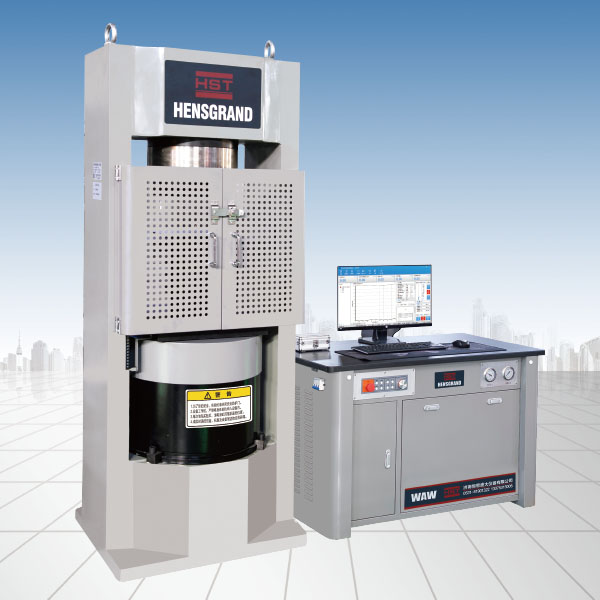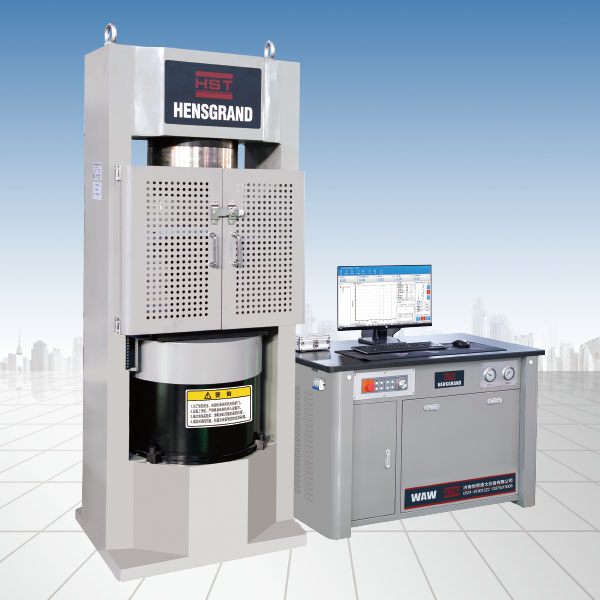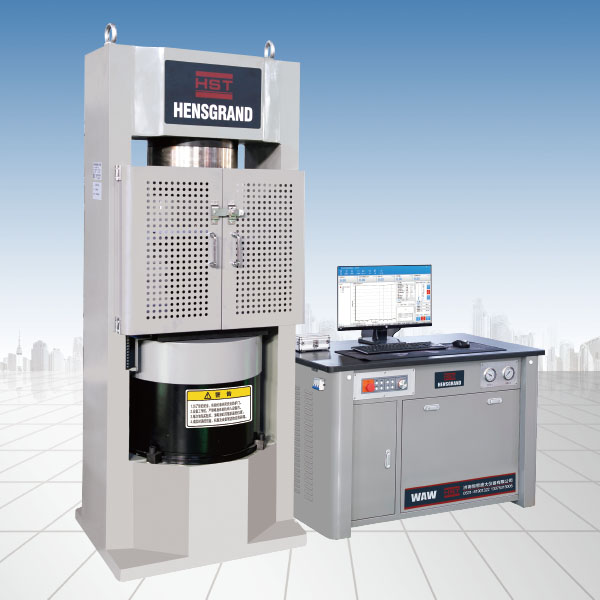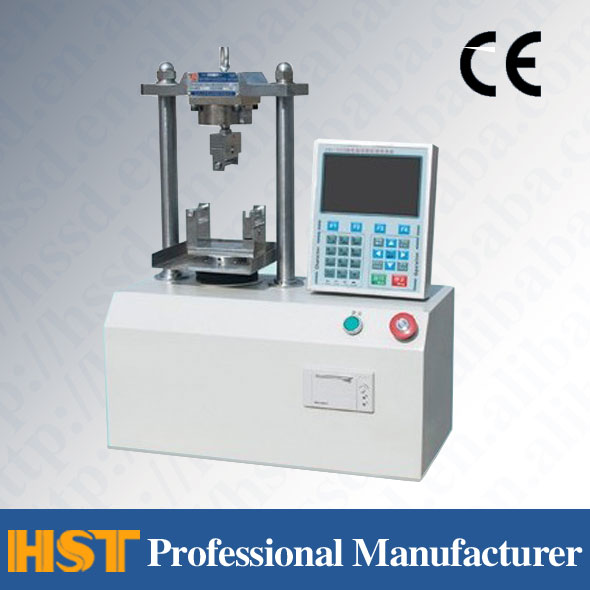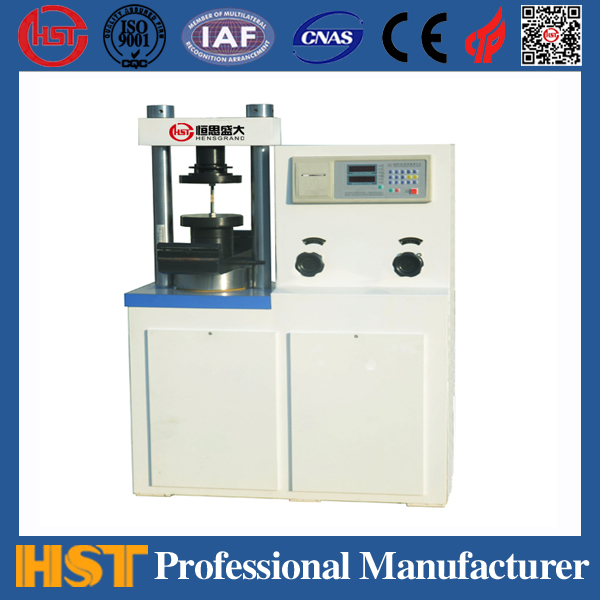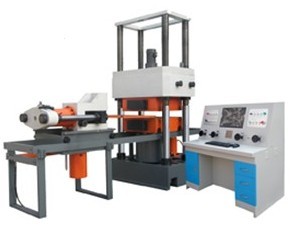The portable Richter hardness meter is an advanced handheld hardness testing instrument. It uses the backhop method to measure the hardness of metal. Since the signal obtained by the measurement is a voltage value, the computer processing is very convenient. After measurement, the measured value can be read out immediately and can be converted into hardness values such as Brinell, Rockwell, Vickers, etc. Because of its advantages of small size, light weight, easy to carry, high testing accuracy, wide measuring range, arbitrary testing direction, and small damage to the test surface, it is widely used in boiler and pressure vessel manufacturing and testing inspection. Next, let me introduce the application of portable Richmond hardness meter in pressure vessel inspection.
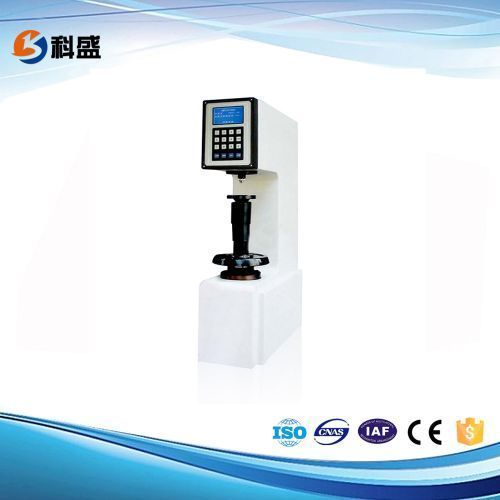
The principle of measuring the portable Richter hardness meter
There is a certain proportional relationship between the hardness value of the material and its strength. For steel materials, its tensile strength is approximately equal to three times the Brinell hardness value; in the chemical composition of the material, most alloy elements will increase the hardness of the material, among which carbon has the most direct influence on the hardness of the material. The greater the carbon content in the material, the higher the hardness. Therefore, hardness tests are sometimes used to determine the strength level of the material or identify the material; different metallographic structures in the material have different hardness. Generally speaking, the hardness of martensite is higher than that of pearlite, the hardness of pearlite is higher than ferrite, and the hardness of ferrite is higher than that of austenite. Therefore, through the hardness value, we can roughly understand the metallographic structure of the material, as well as the structure changes and heat treatment effects of the material in processing engineering; the existence of processing residual stress and welding residual stress will also affect the hardness of the material. The greater the processing residual stress and welding residual stress, the higher the hardness. It should be because there are many factors that affect the hardness of the material, and there are also many applications for hardness detection in engineering.
Specific cases of portable Richmond hardness meter
According to the "Pressure Vessel Regular Inspection Plan", the types and grades of the main compressed components of the pressure vessel should generally be identified. For containers with unknown materials, for containers without special requirements, the strength check will be performed according to q235 steel. For the third type of pressure vessels, mobile pressure vessels and pressure vessels with special requirements, the material must be determined. However, during the specific inspection process, due to the safety management level of the pressure vessel user unit or other reasons, there is often a situation where the pressure vessel has no main material proof. If the core is compared according to the strength of q235 steel, in some cases, the strength verification will not be qualified. If it is judged based on this, some equipment resources will be wasted. at this time. By measuring the hardness of the main pressure-bearing components of the container, and then using the relationship between hardness and strength, the strength value of the material can be approximately calculated. Based on this, further evidence is carried out through other detection methods, such as chemical composition analysis, to determine the material's strength, and conduct strength verification, to avoid partial pressure vessels that meet the usage requirements being discarded due to failure in strength verification.
The above introduces the application of portable Richmond hardness meter in pressure vessel inspection. Our company is a modern high-tech company focusing on research and development, design, production and sales of test equipment. A variety of machines for you to choose from!



















